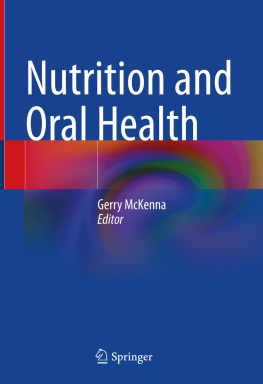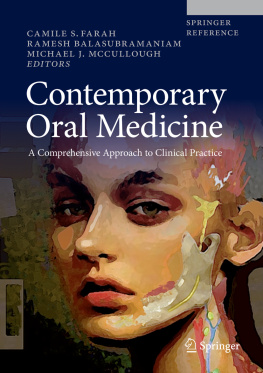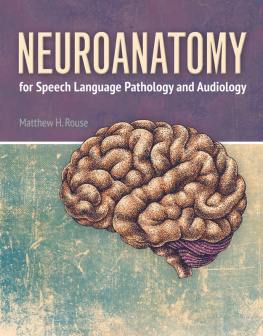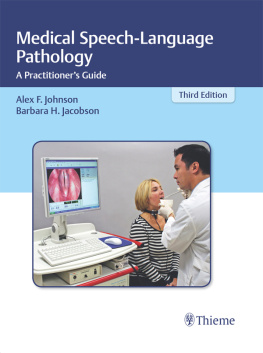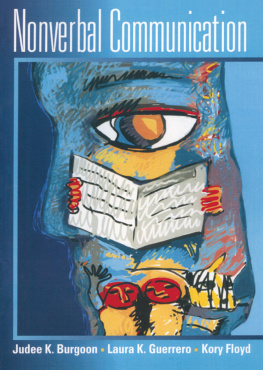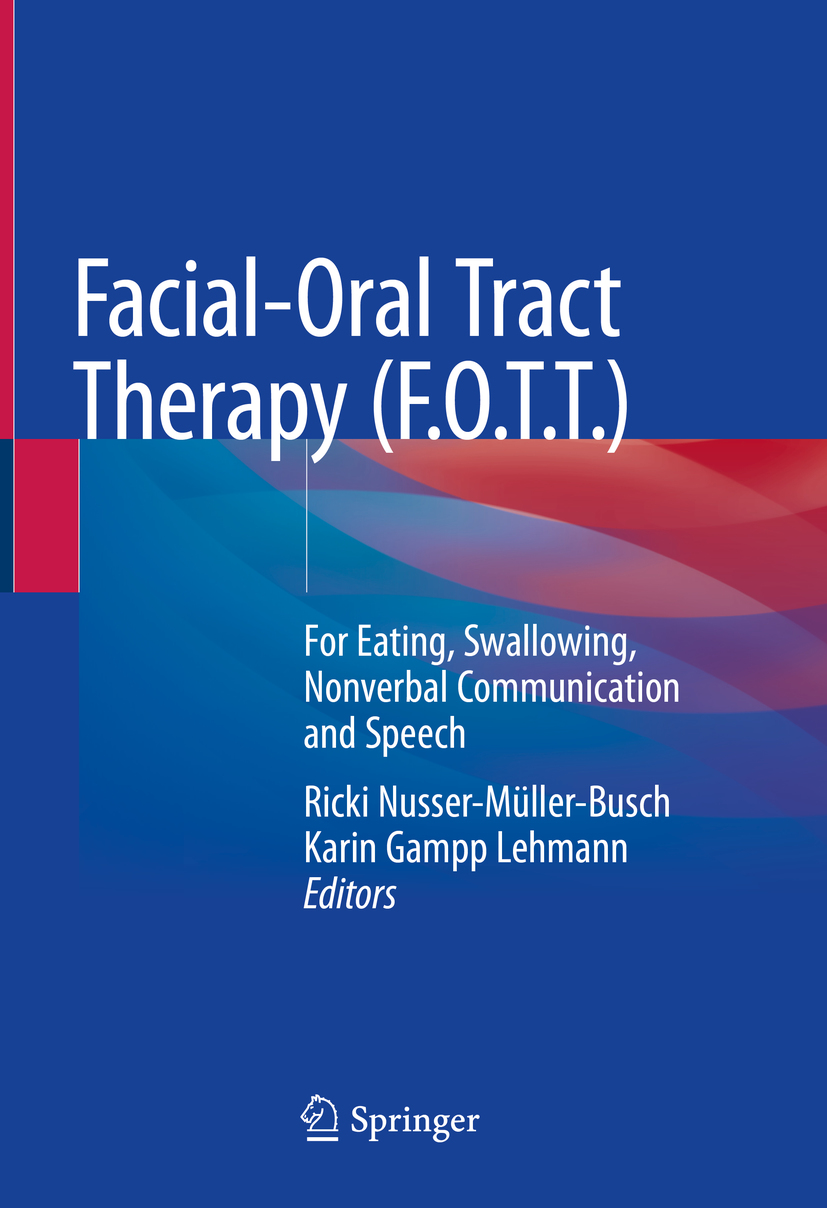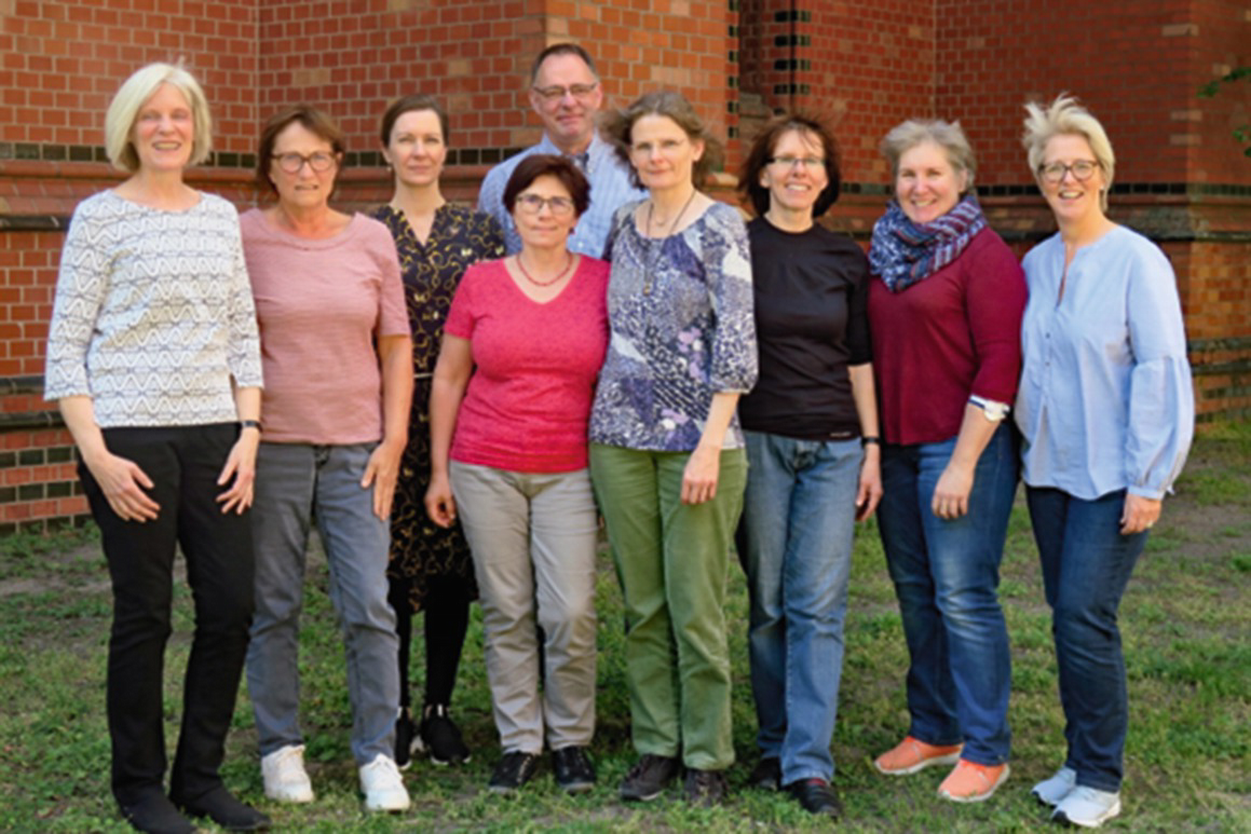Ricki Nusser-Müller-Busch (editor) - Facial-Oral Tract Therapy (F.O.T.T.): For Eating, Swallowing, Nonverbal Communication and Speech
Here you can read online Ricki Nusser-Müller-Busch (editor) - Facial-Oral Tract Therapy (F.O.T.T.): For Eating, Swallowing, Nonverbal Communication and Speech full text of the book (entire story) in english for free. Download pdf and epub, get meaning, cover and reviews about this ebook. year: 2020, publisher: Springer, genre: Romance novel. Description of the work, (preface) as well as reviews are available. Best literature library LitArk.com created for fans of good reading and offers a wide selection of genres:
Romance novel
Science fiction
Adventure
Detective
Science
History
Home and family
Prose
Art
Politics
Computer
Non-fiction
Religion
Business
Children
Humor
Choose a favorite category and find really read worthwhile books. Enjoy immersion in the world of imagination, feel the emotions of the characters or learn something new for yourself, make an fascinating discovery.
- Book:Facial-Oral Tract Therapy (F.O.T.T.): For Eating, Swallowing, Nonverbal Communication and Speech
- Author:
- Publisher:Springer
- Genre:
- Year:2020
- Rating:4 / 5
- Favourites:Add to favourites
- Your mark:
Facial-Oral Tract Therapy (F.O.T.T.): For Eating, Swallowing, Nonverbal Communication and Speech: summary, description and annotation
We offer to read an annotation, description, summary or preface (depends on what the author of the book "Facial-Oral Tract Therapy (F.O.T.T.): For Eating, Swallowing, Nonverbal Communication and Speech" wrote himself). If you haven't found the necessary information about the book — write in the comments, we will try to find it.
The book offers a comprehensive approach to the assessment and treatment of disturbances in facial expression, oral movement, swallowing, breathing, voice and speech production caused by developmental and acquired neurological conditions. The principles outlined are used in patients with different etiologies (e.g. stroke, tumors, traumas).
F.O.T. T., developed by Kay Coombes, is a hands-on approach based on an understanding of neurological functions and the way we learn from experience. The approach aims to give the patient experience of physiological posture and movement using facial-oral functions in normal activities of daily living (ADL). Rather than mere exercises, F.O.T.T involves meaningful activities aiming to promote participation, according to ICF criteria.
Four main areas are covered: nutrition, oral hygiene, nonverbal communication and speech. Each chapter summarises the problems of severely ill patients and shows the clinical reasoning behind the solutions offered. Separate chapters discuss tracheostomy management and the training of the carers involved, including relatives. The chapter authors are experienced specialists (physio-, occupational- and speech-language therapists and physicians), whose contributions aim to provide interdisciplinary perspectives and translate latest research into clinical practice.
Ricki Nusser-Müller-Busch (editor): author's other books
Who wrote Facial-Oral Tract Therapy (F.O.T.T.): For Eating, Swallowing, Nonverbal Communication and Speech? Find out the surname, the name of the author of the book and a list of all author's works by series.




